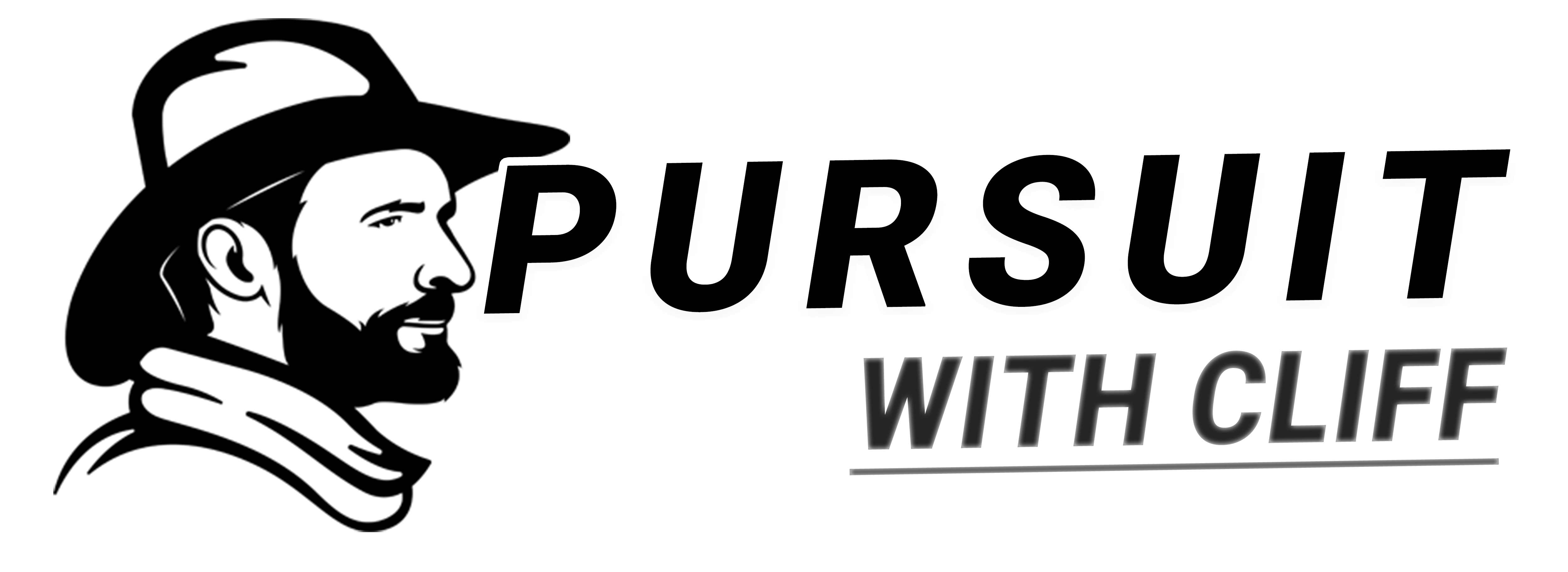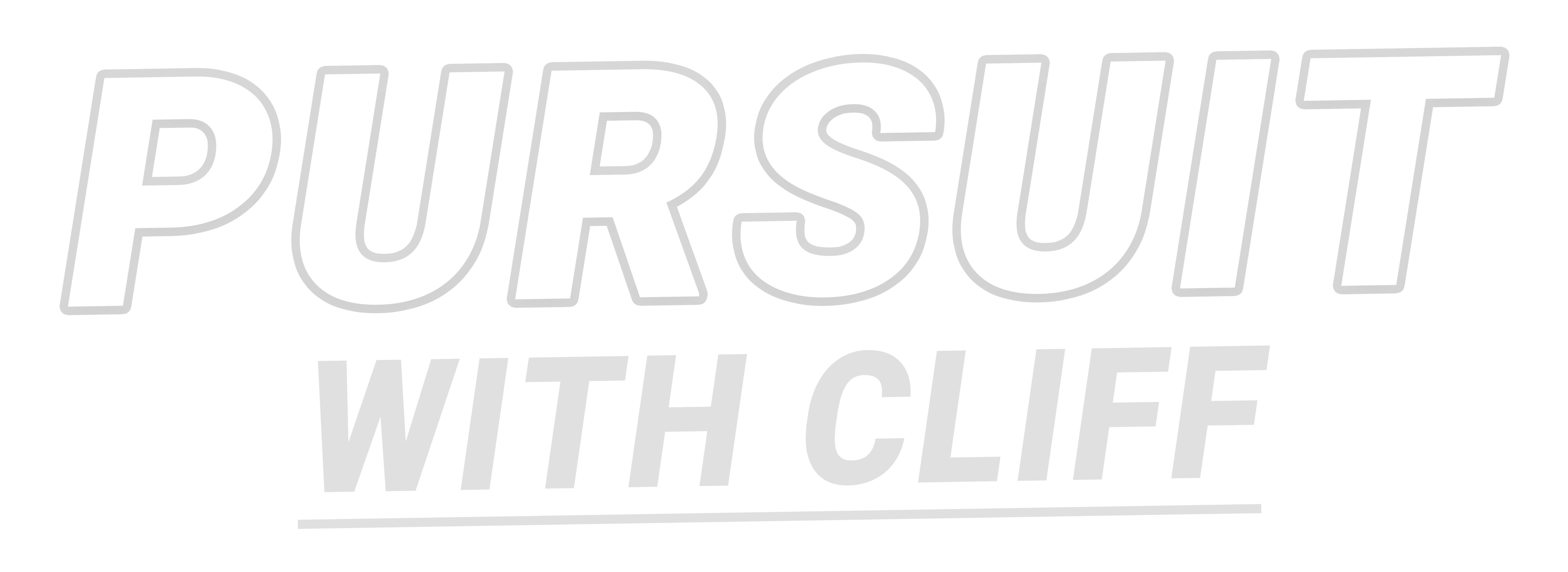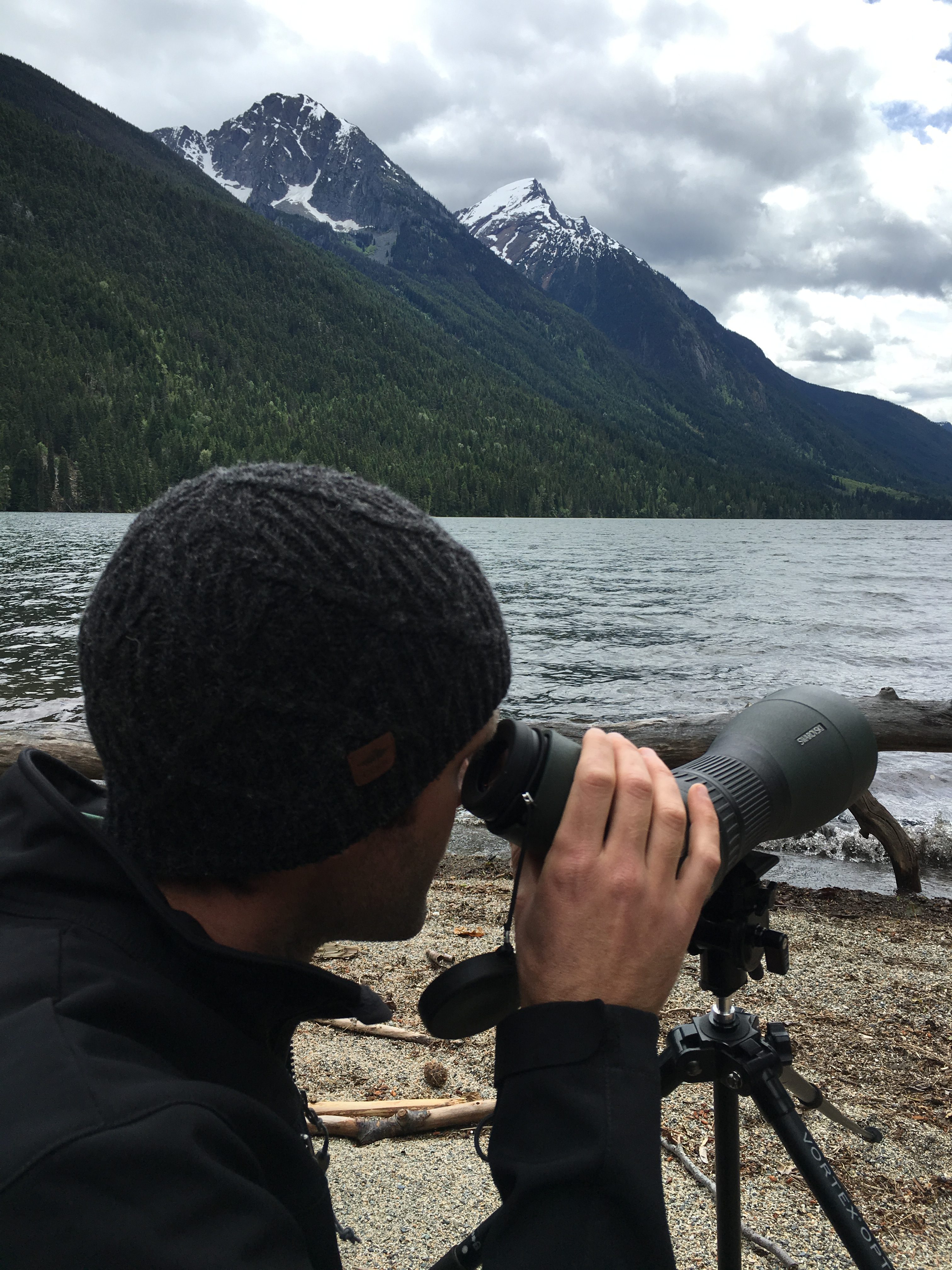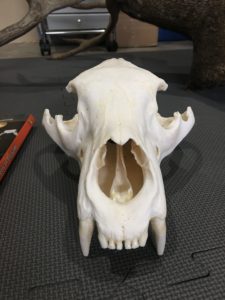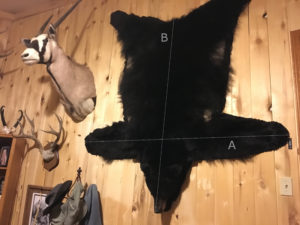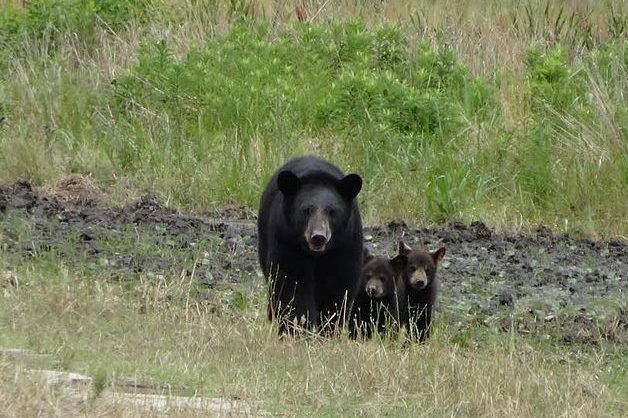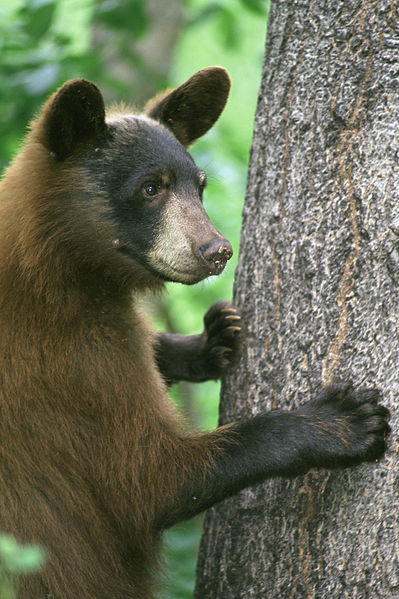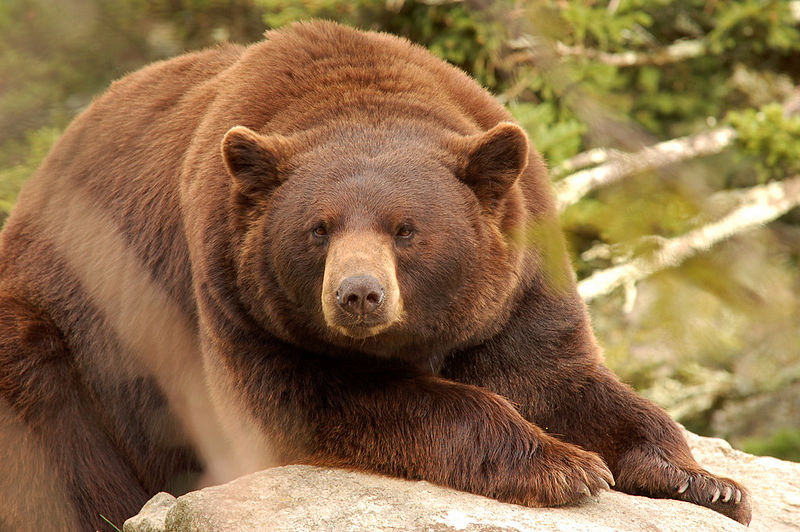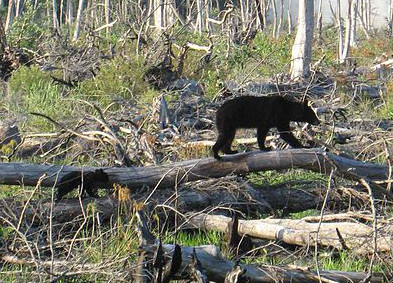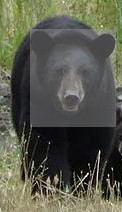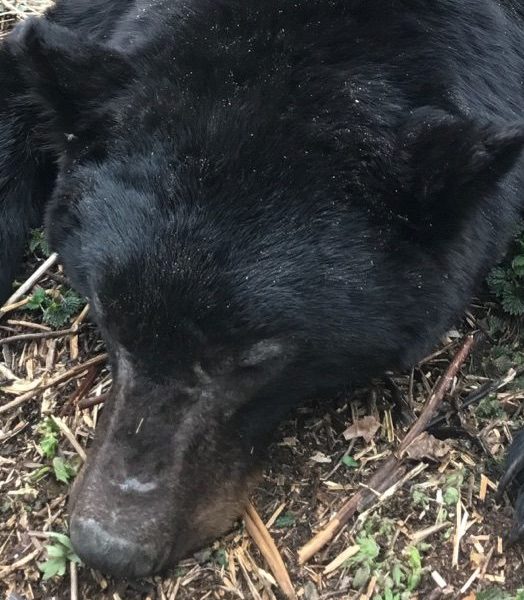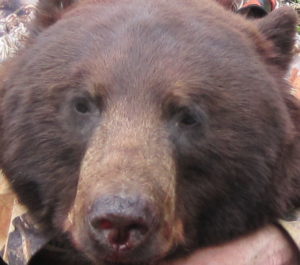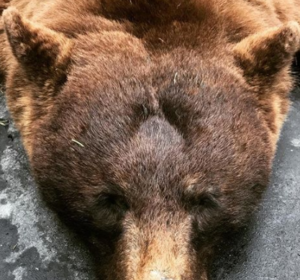This article is one of many from our Black Bear Prep Series
Introduction
Black Bears are the most difficult North American big game animal to field judge. Most folks can pickup judging deer, scoring elk or even judging Barbary Sheep over a few hours of glassing the animals. The ability to judge Black Bears with any reliability is a life-long endeavor.
After a few hunts, particularly spring hunts with high bear density, you will have a basic handle on black bear field judging. You will know the difference between young (<3yr old bears) and mature bears. It’s likely you will also be capable of identifying big boars vs your average sow. However, it is unlikely you will be a 100% reliable on monster sows without cubs versus medium-to-large boars. That is where the little details come into play.
Keep in mind that guides with 100s of bears worth of experience will periodically misjudge a big sow for a boar. Because of this, the number one rule with bears is don’t shoot unless you have had ample time to check the surrounding area for cubs. This goes even if you are certain that you are looking at a monster male bear. It is illegal in most jurisdictions and no hunter wants to accidentally harvest a sow with cubs.
What is a BIG black bear?
Before we get into the actual field judging, we need to know what the hell we are actually judging for. Bears are a little confusing on this front.
All official scoring uses skull size, but almost all hunters are really after the largest squared hide. These two metrics are correlated with each other. However, there are geographic areas and genetic strains of bears that will produce massive bears but rarely produce large skulls. The inverse, areas producing big skulls on physically smaller bears, also exist but they are less common. Large skulls almost always equate to big hides, but big hides don’t always equate to large skulls.
Some hunters also talk about weight when determining trophy quality. For many reasons, weight is a piss poor metric of trophy quality.
Here is the quick run down:
- 19-21+” skulls are considered trophy bears
- 6’10″+ squared hides are big black bears
- 300lb+ in the Spring or 360lb+ in Fall are large bears – this one varies a lot by region, exposure to bait, other feed, etc…
Measuring Skulls
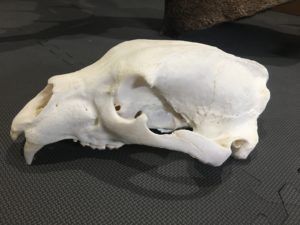 I have officially measured many bear skulls for Boone & Crockett and Pope & Young. Unlike deer and elk, most hunters are right on the money when they measure for themselves before bringing the skulls to me. You can get official scoring sheets here: Scoring Sheets
I have officially measured many bear skulls for Boone & Crockett and Pope & Young. Unlike deer and elk, most hunters are right on the money when they measure for themselves before bringing the skulls to me. You can get official scoring sheets here: Scoring Sheets
It is straight forward: 1) Measure the widest part of the skull. 2) Add that measurement to the length of the skull. Make sure that the two measurements are perpendicular to each other. Some hunters will under measure by a couple 1/16ths because they don’t realize you can slightly raise the teeth of the upper skull before measuring (measuring parallel to the ground, see B&C Score-Sheet for details).
How to Square a Hide
The above diagram shows the proper measurements for “squaring” a black bear. Measurement A is tip of claws on one front leg to tip of claws on the other front leg. Measurement B is tip of nose to tip of tail.
Squared Rug Size Equals = (A + B)/2
Outside of male member size, squared bear length might be the most exaggerated measurement on planet earth. The truth is that a 6’10″+ squared black bear is a large bear. 7′ and beyond are once-in-a-lifetime.
As a tip, you can get close to squared measurements if you have a front paw print measurement. The rule-of-thumb:
Squared Size in Feet = Front Paw Width in Inches + 1
Weight
Bears are a lot like pigs. With the right food and conditions they will get morbidly fat. In addition, bears’ weights fluctuate throughout the year. Even a spring bear can lose 100lbs between waking up and getting through the June rut. Bears fed on bait or other readily available feed, with also outweigh their counterparts. The raw weight of the animal doesn’t equate well with hide and skull size. Hence, weight really doesn’t tell you a lot.
All that being said, hunters will still talk about weight as a metric of size/quality when it comes to black bears. So, here is a rule-of-thumb for “weighing” a bear in the field.
Weight in Pounds = (Girth Behind Armpits in Inches – 26) * 14
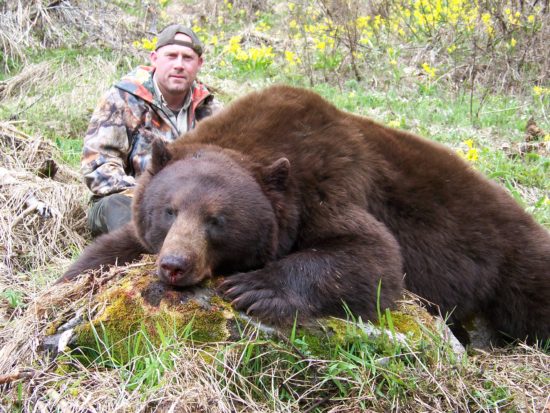 Now that we know what we want as the end result, let’s get to field judging…
Now that we know what we want as the end result, let’s get to field judging…
*Note that several of the below pictures are not mine. All were sourced through Wiki-Commons with proper copyrights for reuse by the public. Many are from the National Park Service, Forest Service and other Government Agencies.
General Thoughts
Most articles and videos on bear judging first focus on the differences between male and female bears. I don’t find this to be a useful way of looking at things. It results in a lot of duplication and “wishy washy” metrics. There is only one rule I have regarding sex that I will repeat for a second time: Before harvesting a bear make sure you have had ample time to ensure the bear has no cubs with it, regardless of how certain you are it’s a male. If you follow this rule and judge bears on the “spectrum” I define below, you will rarely harvest a female bear.
Harvesting male bears will increase the population of bears in a geographic area, because they are one of the biggest threats to cubs.
The Spectrum
On one end of the spectrum there is the “German Shepard” black bear. These little guys and gals encompass many feminine features and really do resemble a German Shepard. The closer we get to this end of the spectrum, the more likely the bear is young or female and not the proper type of bear to be harvesting.
On the other end of the spectrum, are the “bull dog” black bears. These bears are “blocky”, muscular, and masculine. The closer we get to this end of the spectrum, it becomes rare to see a female and most animals are trophy-class boars.
The Front End
Mature boars will carry more of their weight in the front-end versus young boars and sows. They have more musculature from the point of the shoulder, to the neck, and down the forearm.
Big boars’ front legs carry the weight from shoulder through ankle. Big bears have “kankles” while small bears have dainty wrists.
A more subtle difference you will start to catch on to is depicted in the two previous images. The female bear usually has a more slender neck with a transition from shoulder to neck (a quick taper). Big boars have a heavy neck that tapers slowly, if at all, from shoulder to head.
When looking at a bear straight on, big boars have a body builder look to them. They turn their toes in when they walk to make room for their barrel shaped girth that starts at their armpits. Sows walk more straight-legged. A female’s chest will often appear the width of here ears plus only 10-15%.
The Head
Facial features can be a little tricky because different genetics will lead to different skull shape. The key is to remember the “Spectrum”. Regardless of shape, facial features in combination will look more male and “bull-doggy” on big trophy bears.
Female and young bears have a dog-like conversion from cheekbone to snout. There isn’t a hard break like their is on big boars. Regardless of the length of the snout, big boars look like a soda can is attached between their eyes as a snout.
Trophy-class bears usually have eyes that look tiny and sit right next to the muzzle. Smaller bears have what appear to be larger eyes, set slightly away from the muzzle.
You can also see from the pictures of the large boars above that big bears have blocky facial structure. The apex of this feature and one variable that is a dead giveaway of a shooter bear is a muscle crease in the animal’s forehead. This is an indicator of late stage development in old boars.
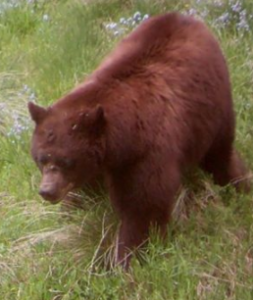
On this bear you can slightly see the crease between his eyes and the muzzle to cheek transition is abrupt.
The last thing to consider with bears is what most folks consider first, the ears. I think ears can be misleading on their own, but there are some differences. Particularly when bears are alert and looking at you, trophy-class animals have ears that appear smaller, set wider apart, and rolled to the outside of the face. The first two color-phase bears above (in the Spectrum section) are a great example of this difference.
Attitude
This one takes some experience, but there is a stark difference between large bears and their lesser counterparts when is comes to attitude. Big bears “strut” and raise hell with other bears, particularly around good feeding areas or bait. The best way to practice understanding this is to watch YouTube videos of bears hitting bait stations. This is an unnatural scenario that draws this difference out.
Attitude also translates to some physical traits. Big boars are more likely to have torn up noses and scarring around their eyes.
Last Tips/Tricks and Visual Practice
GET CLOSE – A skilled hunter with patience can almost always get within 200 yards of a bear. There is no reason to not get close to make sure you aren’t missing some of the finer details.
A “torpedo shaped” bear is usually a sow. Small front-end vs larger rear, is almost always a sow. If at first glass of a bear from the broadside perspective you don’t know quickly which end is the front, it is likely you are looking at a boar. Mature boars carry mass from front to rear.
If a bear’s hair “parts” between its shoulders it is typically a sow or small boar. Once a bear’s shoulders are wide enough to keep the hair standing it is either a very heavy sow or, most likely, a mature boar.
Make it a philosophy to only harvest male bears by sticking to that end of the Spectrum I describe. Male harvest is better for the bear population, other folks who enjoy watching bears, and future hunters.
Be wary of suggestions about small bears “looking tall” or appearing to have long legs while big bears look shorter, with bellies closer to the ground. This works over 50% of the time, but there is also a big chunk of cases when it’s just dead wrong. Many mature sows have a “squatty” frame that would classify them as boars under this metric.
Use YouTube for practice!
Here are some great ones to start with:
Boar and Sow That Share Many Features
Wyoming Video – Focuses on Gender
This Ones Kinda Useless But Funny
Good Footage of Facial Crease, Front-End Characteristics – A Massive Boar
